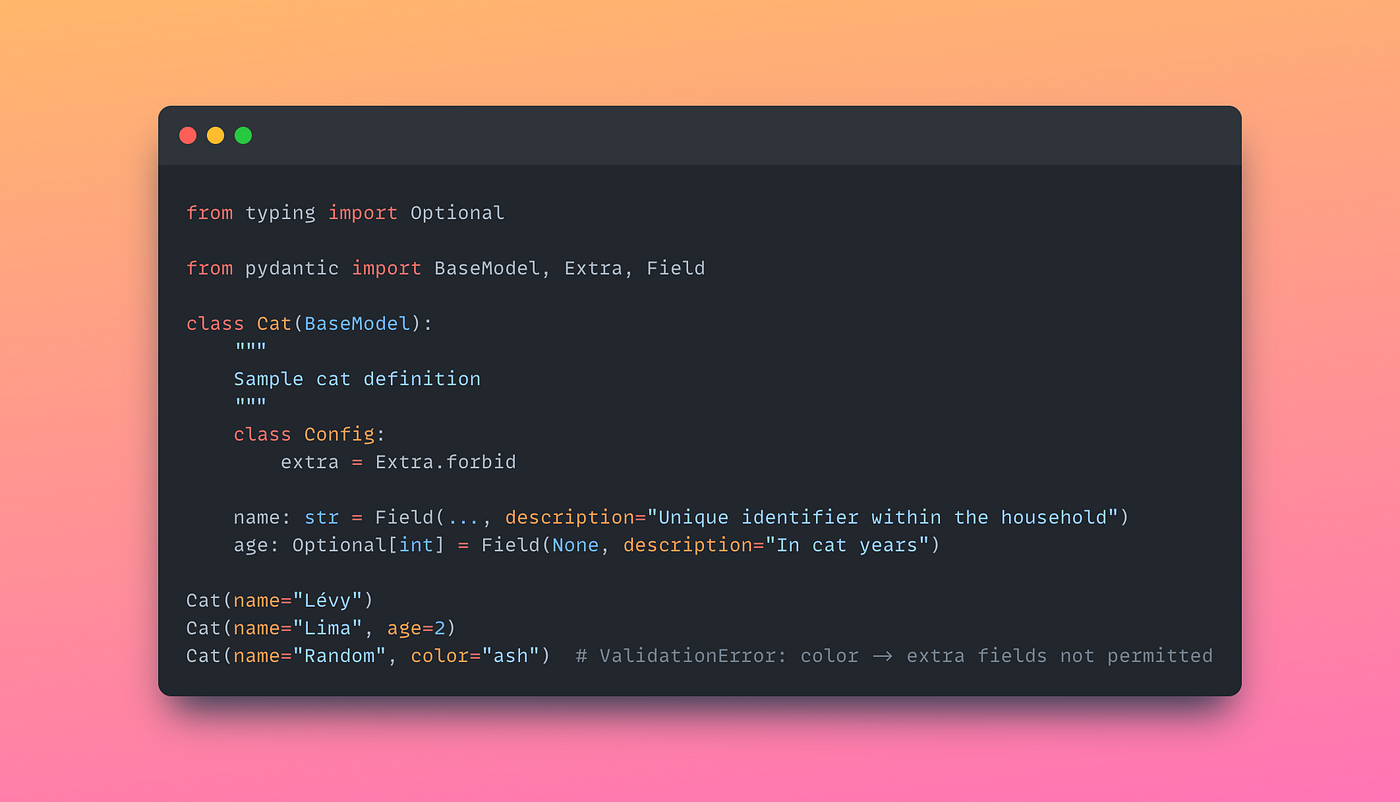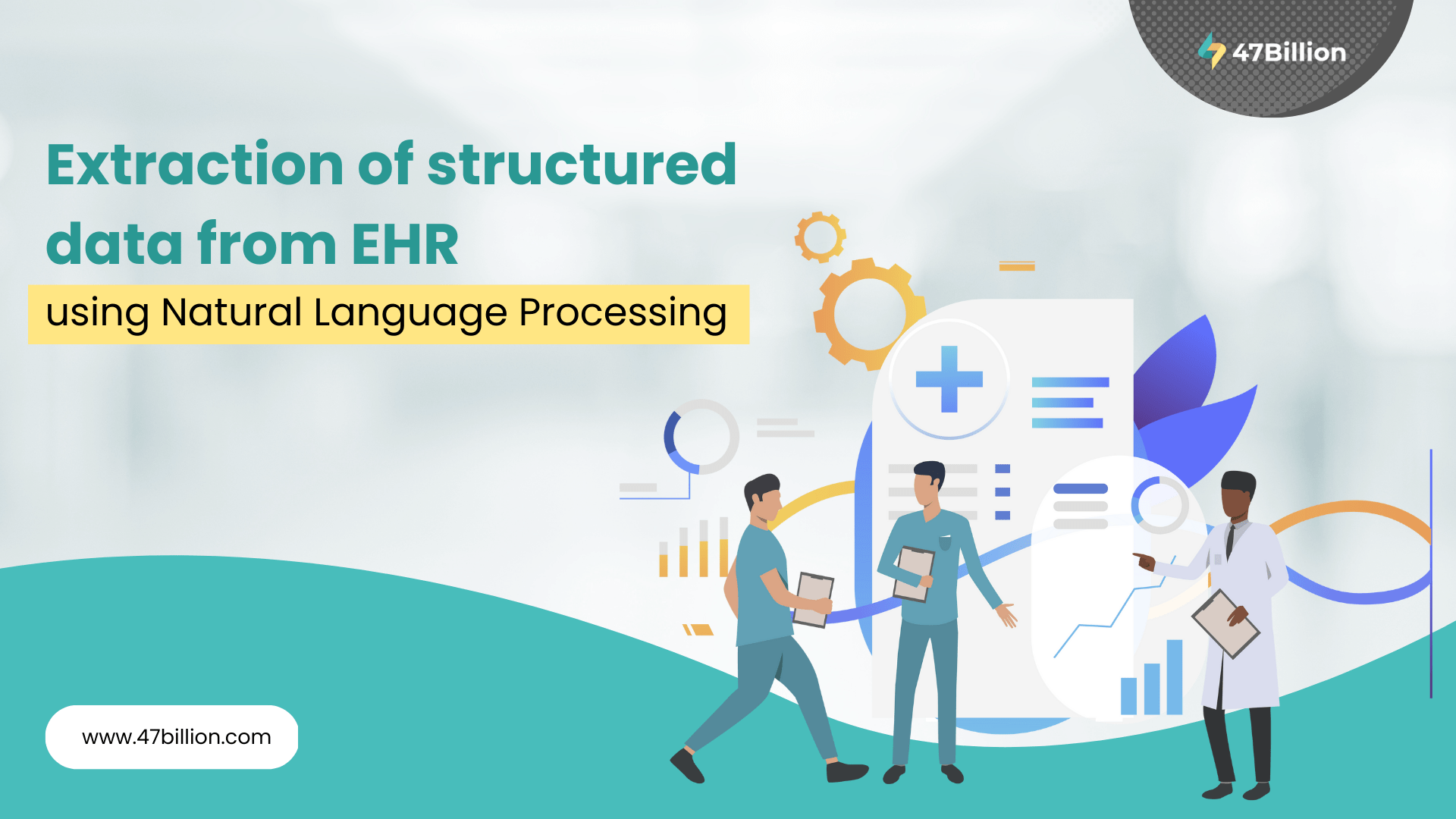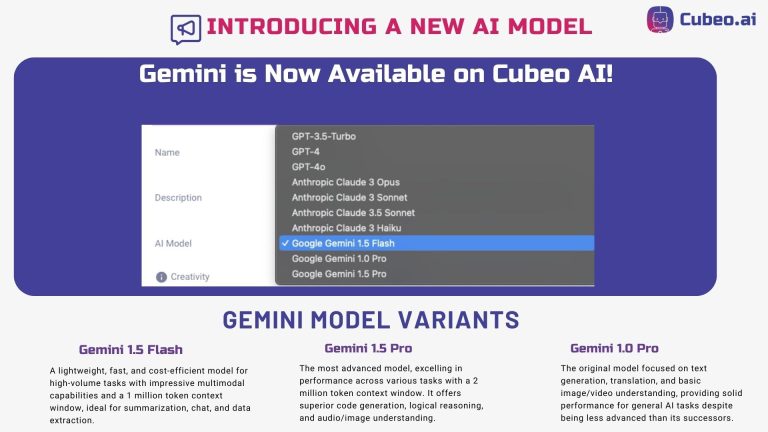How to use Google Gemini AI for structured JSON outputs - Geeky...
Ever wondered how you can streamline the process of converting unstructured text and images into structured data? If you’re tired of spending countless hours on manual data entry, you’re not alone. The good news is that Google Gemini AI offers a powerful solution to this problem. This guide will take you through the steps to generate structured JSON outputs, making data management simpler and more efficient.
Key Takeaways :
Google Gemini AI is a powerful tool for generating structured JSON outputs from various data sources, including text and images. By leveraging this technology, you can efficiently handle and manipulate data, opening up a wide range of possibilities for data analysis and integration. To get started, you’ll need to install the necessary libraries and tools: Newspaper 3K for web scraping, Generative AI libraries for model deployment and Google AI Studio and Vertex AI for managing and deploying AI models. These tools provide the essential infrastructure for running Google Gemini AI efficiently and effectively. Watch the video to learn more about how to do this.
To generate structured JSON outputs, begin by configuring the response MIME type to application/JSON. This ensures that the data you receive is in a format that is easy to manipulate and integrate with other systems. Next, create response schemas that define the structure of your JSON outputs. These schemas act as templates, ensuring consistency and reliability in your data.

Once you have your JSON outputs, you can convert them into dictionaries for more flexible and Pythonic manipulation. This allows you to work with the data in a way that is intuitive and efficient.
Pydantic is a powerful library for data validation and settings management using Python type annotations. By creating Pydantic classes that represent your JSON schema, you can easily convert your JSON outputs into Pydantic models. This makes data manipulation and validation more straightforward and reliable.

To create a Pydantic model, define a class with the necessary fields and their corresponding data types. Then, parse your JSON data into an instance of this class. Pydantic will handle the validation and ensure that your data is consistent with the defined schema.
Google Gemini AI’s structured JSON outputs have numerous practical applications. For example, you can use it to generate a list of cookie recipes, with each recipe including names and ingredients structured according to a predefined schema. This allows for easy organization and access to the data.
Another powerful application is extracting structured data from guides. By defining a schema that includes fields such as titles, authors, and publication dates, you can automatically pull this information from guides and convert it into JSON format. This structured data can then be integrated into databases or used for further analysis.

In addition to handling text data, Google Gemini AI can also process images and extract structured data from them. For instance, you can use it to extract flight times and destinations from images of boarding passes. This involves several steps:
By automating this process, you can quickly and accurately extract valuable data from images, saving time and effort compared to manual data entry.
The potential applications of Google Gemini AI’s structured JSON outputs are vast and exciting. Beyond text and images, this technology can also handle audio processing, opening up new avenues for data extraction and manipulation. Moreover, the ability to integrate structured data into databases and analysis tools allows for more sophisticated data analysis and decision-making processes. As businesses and organizations increasingly rely on data-driven insights, tools like Google Gemini AI will become increasingly valuable.
Google Gemini AI’s structured JSON outputs provide a powerful and flexible way to handle and manipulate data from various sources. By following the steps outlined in this guide, you can harness the potential of this technology for your own data needs. Whether you’re working with text, images, or audio data, Google Gemini AI offers a robust and efficient solution for generating structured outputs that can be easily integrated into your workflows and systems.

Video & Image Credit: Sam Witteveen




















